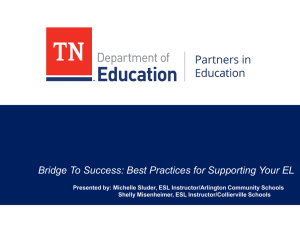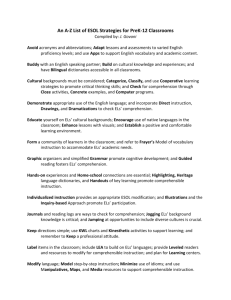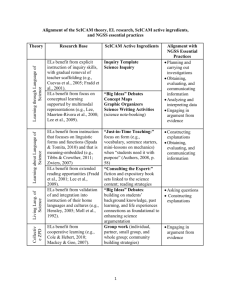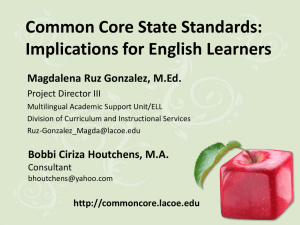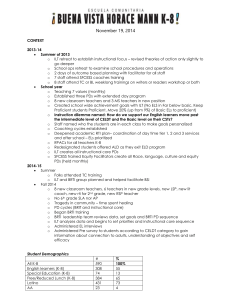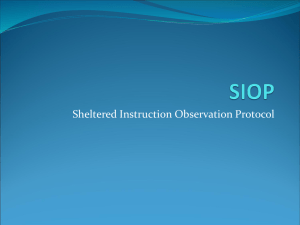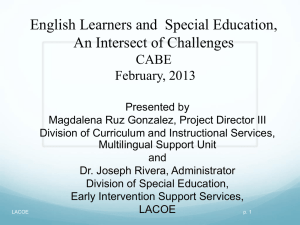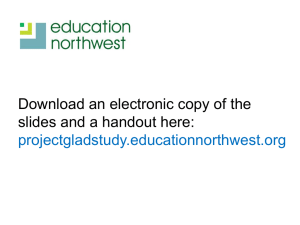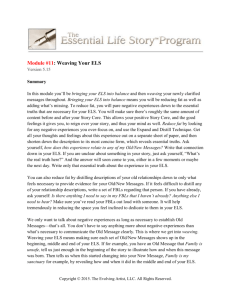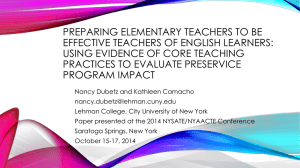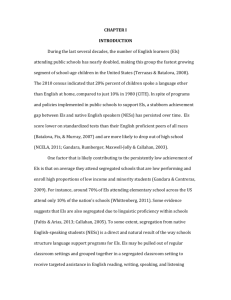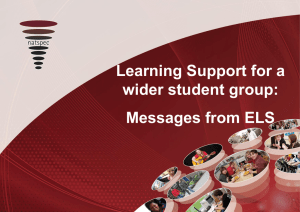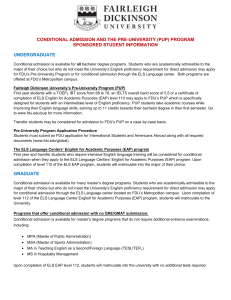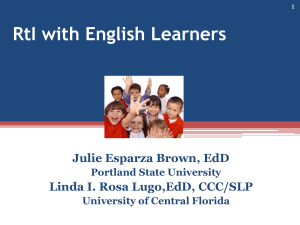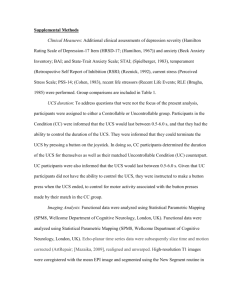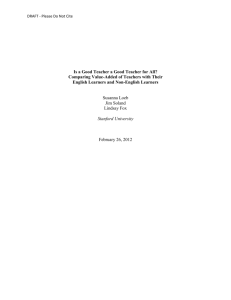Examining teacher quality, educational policy and English learners
advertisement
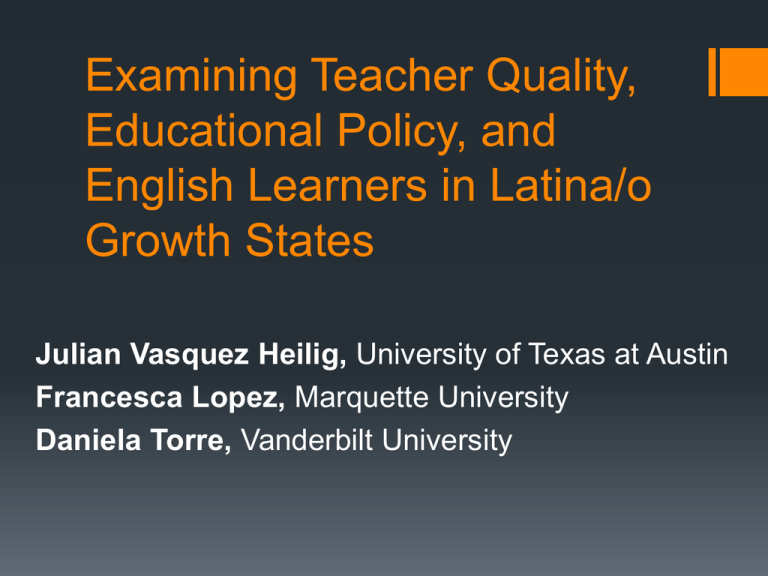
Examining Teacher Quality, Educational Policy, and English Learners in Latina/o Growth States Julian Vasquez Heilig, University of Texas at Austin Francesca Lopez, Marquette University Daniela Torre, Vanderbilt University • English learners (Els) are the fastest growing segment of school age children in the United States (Terrazas & Batalova, 2008). • Els underperform their English speaking peers in both reading and math (Batalova, Fix, & Murray, 2007) • Most Els were are taught by teachers untrained for the positions (Gandara, 1990) and who are not learning the requisite skills on the job (Britzman, 1991). • ELs are disproportionately taught by less qualified teachers then their English-speaking peers (Ballantyne, Sanderman, & Levy, 2008; Darling-Hammond, 2010). Problem Retrieved from: http://www.ncela.gwu.edu/publication New Destination States Importance of Quality Teachers All teachers need training for teaching Els ESL Bilingual Mainstream Half of all teachers can expect to teach an EL in their career (Menken & Antunez, 2001) Rural teachers in new growth states lack training both before and during their their teaching careers. (O’Neal, Ringler, & Rodriguez, 2008) Teachers feel unprepared to teach Els and want more PD Teacher Prep Majority of teacher prep programs do not have specific programs for teaching ESL or BIL. (Menken & Antunez, 2001) These programs are concentrated in traditional destination states(Menken & Antunez, 2001) Less than half of programs require at least one course for teaching Els (Menken & Antunez, 2001) There has been tremendous growth in the number of teachers receiving any professional development regarding Els in new destination states. Professional development regarding teaching Els may be of insufficient length of time, of poor quality, or not aligned with teacher need (Gandara, 2005) What specific training do teachers need? Teachers need training in three domains (Menken & Antunez, 2001) Knowledge of Pedagogy Knowledge of Linguistics Knowledge of Cultural and Linguistic Diversity Teachers of Ells need specialized training Second language acquisition How culture shapes language development Planning, implementing, and managing instruction Language assessment in 4 domains Parent communication (Tellez & Waxman, 2004) Research Question How has the teacher quality policy context changed in response to the changing demographics within EL growth states? Data and Methods Coded requirements each state had in place for preparing ESL teachers. Course Requirements (methods, curriculum, assessment, and practice) 0 = not require, 1 = elective 2 = demonstrated competence 3 = required course topic 4 = required course All teachers have some training 0 = no requirement that all teachers have training in working with ELs, 1 = States where knowledge of second language acquisition and strategies to support ELs and/or strategies or accommodations for ELs must be demonstrated via assessment or successful coursework completion ESL Certification 0 = no requirement 1 = Required Data and Methods Semi-structured interviews of Title III coordinators in the 5 southern new destination states with the highest growth in El population from 2000-2010. Analyzed interview transcripts for trends and emergent themes. Study Sites • Using census data, we identified Kentucky, Alabama, North Carolina, Tennessee, and South Carolina as having the highest growth in the EL population since 2000. Results: Requirements • • • • South Carolina has highest rigor. Most states do not require training or certification. Even in Alabama, quality is unclear. Tennessee requires mostly minimum competency Results: Interviews All of the states are responding to growth of El population, regardless of political context. “It got our attention” 3,000 kidsdistrict, for therather longest time, then it burst open Many effortsWe arehad made at the than state level from 2004 until now where we now have about 40,000.” Coordinators report that they haven’t been able to grow the ESL searching “for the programs school that has 15 versus 200 teachers fastbest enough to meet for the a needs of the growing populations of ELs.” EL students so they have focused on general education teachers. The majority of Title III coordinators expressed that they were content overall with the teacher quality requirements for ELs in their state. We have risen to the challenge. I am real proud of our state.” “ Compared to Arkansas and Tennessee—states with few if any preservice training requirements aimed specifically at the needs of ELs—South Carolina has stringent requirements in methods for native language literacy and English language development, and currently performs higher than any other growth state on the NAEP. Implications Despite the seemingly positive reports from the Title III coordinators, over 70% still lack the training to be effective with ELs (Ballantyne, Sanderman, & Levy, 2008). Work still needs to be done in new destination states to set higher standards for institutions of higher education for preparing teachers to meet EL’s needs (Lucas, Villegas, FreedsonGonzalez, 2008). State licensure agencies are in a position to drive programming decisions at institutions of higher education for training teachers to educate Els . Recent California vote denotes that states are getting more serious about qualifications for teaching ELL students. Ne destination states can learn from these efforts. For more information contact: Daniela Torre daniela.torre@vanderbilt.edu
